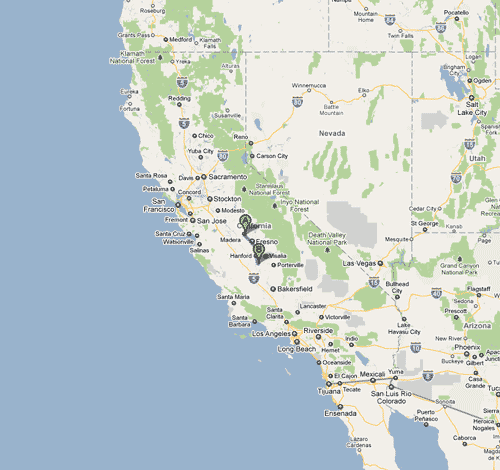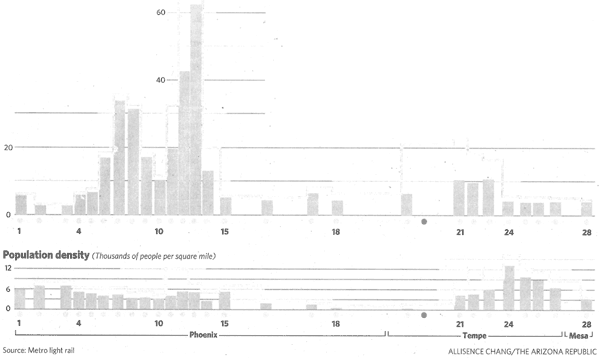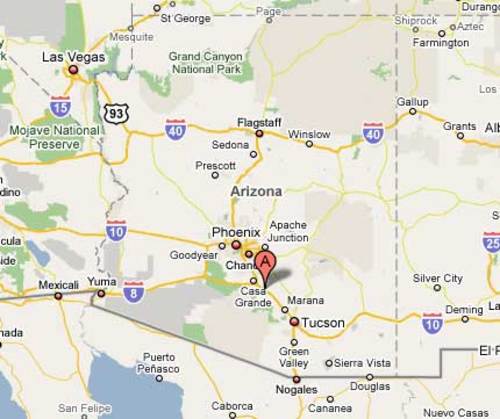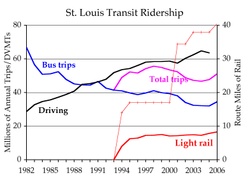Called This One
Via the NY Times, no flaws found with Toyota accelerators
The Obama administration's investigation intoToyota safety problems found no electronic flaws to account for reports of sudden, unintentional acceleration and other safety problems. Government investigators said Tuesday the only known cause of the problems are mechanical defects that were fixed in previous recalls.
The Transportation Department, assisted by engineers withNASA, said its 10-month study of Toyota vehicles concluded there was no electronic cause of unintended high-speed acceleration in Toyotas. The study, which was launched at the request of Congress, responded to consumer complaints that flawed electronics could be the culprit behind Toyota's spate of recalls.
"We feel that Toyota vehicles are safe to drive," said Transportation Secretary Ray LaHood.
Officials with the National Highway Traffic Safety Administration said they reviewed consumer complaints and warranty data in detail and found that many of the complaints involved cases in which the vehicle accelerated after it was stationary or at very low speeds.
NHTSA Deputy Administrator Ron Medford said that in many cases when a driver complained that the brakes were ineffective, the most likely cause was "pedal misapplication," in which the driver stepped on the accelerator instead of the brakes.
As Walter Olson writes of the original overblown brouhaha
Did it make a difference that the federal government has taken a proprietor's interest in major Toyota competitors GM and Chrysler, or that a former trial lawyer lobbyist heads the National Highway Traffic Safety Administration?
I had more back in July (and here, where I observe that scientific data on breast implant safety did nothing to stop the torts, and is unlikely to do so in this case). I questioned the US Government's conflict of interest in this matter way back in January of 2010.
By the way, anyone want to reopen the case on that guy in LA with the runaway Prius -- I thought it was concocted at the time (I called him balloon boy in a Prius) and am doubly sure now. How is what he did, in retrospect, and different from leading the police on a high-speed chase?





